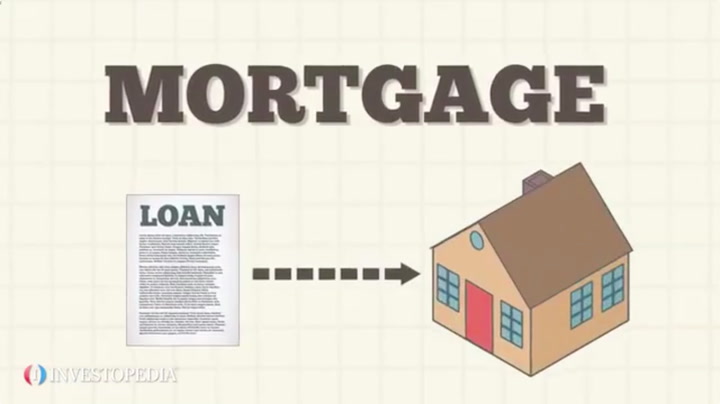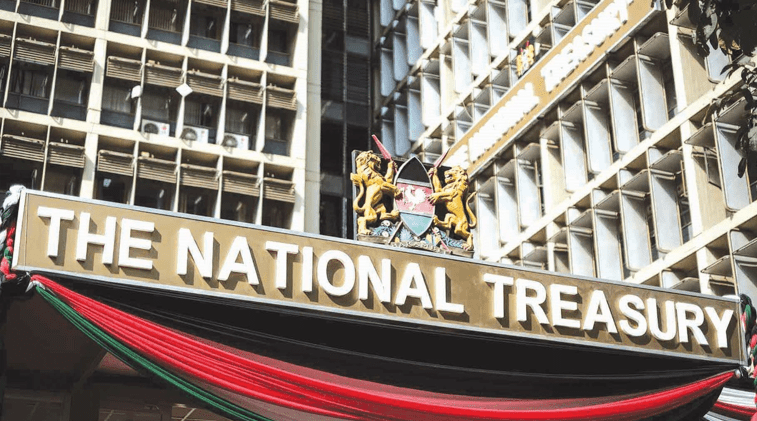How big banks hinder growth of Kenya’s mortgage market

A few banks have gained a stranglehold on the country’s mortgage market, rendering it non-competitive with consequences that include demoralising would-be homeowners, experts say.
They note that high interest rates on mortgage loans, hostile requirements in dispensing credit, and risk aversion practices by the lenders are some of the other tribulations that continue to sink the appetite for mortgages.
And now, first-time buyers may be giving up completely. “It is a credit issue and the buck stops with the banks,” says George Mburu, Mizizi Homes CEO, who blames the lenders for “failing to give loans of that nature to persons in need.”
Business elements
For the sector to thrive, Mburu calls on the government to act as a “referee” if the mortgage industry which typically has three primary business elements – the mortgage originator, the aggregator, and the investor – is to effectively contend with markets like South Africa.
“It should be a win-win arrangement where the government is the guarantor in the event the borrower is unable to meet his repayment obligations and at risk of losing both the asset (property) and the amount owed,” he explained.
Urban home ownership in Kenya has remained comparatively low at about 21.3 per cent, implying that more than 78.7 per cent of the urban population are renters, compared to South Africa, which has more than 53 per cent of its urban population owning homes.
The low number is now being blamed on a handful of local lenders who are estimated to control 80 per cent of the mortgage market with KCB, Stanbic, StanChart, Absa, Co-op, Equity, NCBA and HF Bank charging a minimum of 13 per cent.
Quick calculations show that KCB, the country’s second-largest bank by assets, has the most mortgage accounts and charges a minimum interest of 13 per cent compared to Equity Bank, Kenya’s largest lender by both assets and customer deposits and Co-op Bank which both offer interest at 15.6 per cent.
The bank’s website shows that the repayment period on a home is capped at a maximum of 20 years while on commercial property purchase, it is a maximum of 10 years.
Most banks give a grace repayment period of 12 years for the latter option.
In contrast, Stanbic and NCBA banks offer up to 105 per cent to finance a property value or market price whichever is lower, with a maximum repayment term of up to 25 years. The amounts take care of legal and stamp duty fees and related commissions.
Outrageous rates
However, some experts have argued that the banks’ actions are justified and their decisions to charge high rates are determined by economic environment factors in which the underlying “risk components can be objectivised, quantified and tracked over time.”
“The over-arching consideration is thus the following: if a bank is convinced of the economic potential inherent in a client’s business plan, it will benefit from efforts to align repayment obligations with the expected turnover and profit profiles,” said World Bank’s Jan-Peter Olters in a previous interpretation on whether banks were being too risk averse.











